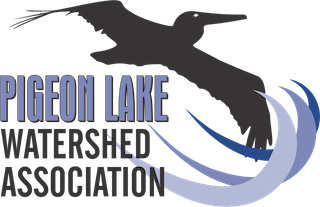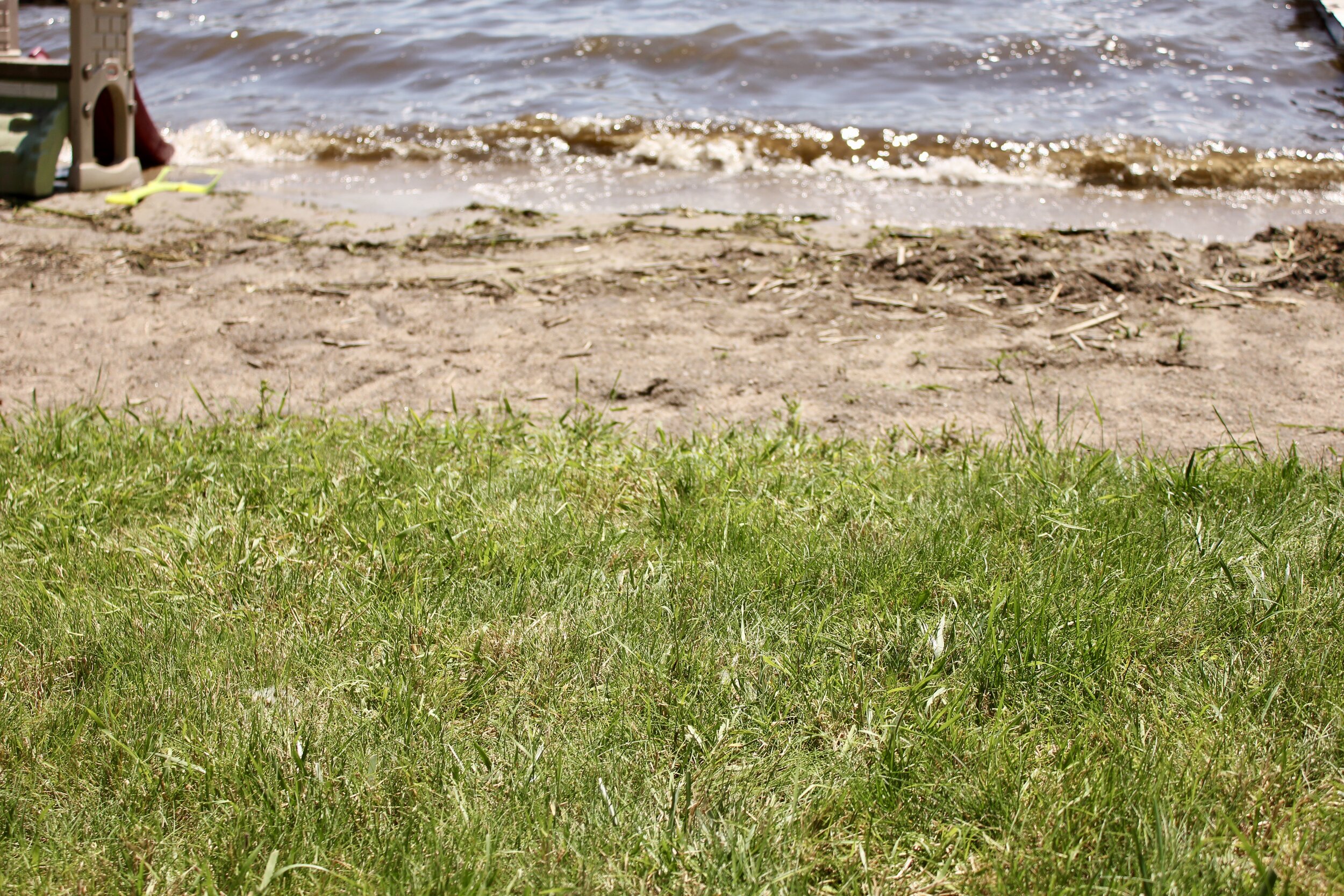
Planting for the Lake
Naturalize Your Lot: A Guide to Lake-Friendly Landscaping
Be Lake Informed
Assessing Your Lot
Obtaining Permits
Minimizing Your Footprint
Shoreline Restoration
Planting for the Lake
Preventing Noxious Weeds
Maintaining Lake Lawns
Naturalized vegetation strips and rain gardens prevent chemicals from entering the lake by trapping runoff water and filtering chemicals. Vegetation can also act as beautiful privacy screens and provide a habitat for wildlife.
Incorporating native plants into gardens and landscaping is important because they prevent the accidental introduction of invasive species and require less maintenance. Native plant species naturally grow in this climate, so they survive better and require less watering, leaving you with more time to enjoy the lake! Integrate nature on your property by planting for the lake.
Ways to Integrate Nature
Create a Pollinator Garden
Select a diverse array of colourful, flowering native plants to attract a wide range of pollinators and other insects. In addition, consider adding a small water source in your garden or flower beds along with some dead wood, and open soil to encourage the pollinators to call your garden home.
Be Kind to the Birds
Including a variety of vegetation types of varied heights in your landscaping can help support a variety of bird populations. Add a mix of evergreen and deciduous trees of different ages to improve your birding opportunities at the lake!
Take Care of Fish and other Aquatic Species
Natural lake weeds and reeds provide a vital home for fish and other species, so please refrain from cutting them or altering the lake bed. Planting native shrubs and plants in the riparian area also prevents shoreline erosion.
Which Native Plants will work on your property?
AWES Native Agroforestry Species Database
ALCLA Native Plant Database
Love Your Lake - Native Plants on Your Property — By Province
Native Plant Encyclopedia, Canadian Wildlife Federation (search by province)
Living on the Waterfront: The Alberta Guide for Shoreline Living
Native Species Guide p.g. 136
Native Plant Suppliers
Looking for native plants to include in your yard? These local suppliers are here to help.
ALCLA Native Plants - Calgary
Bearberry Creek Greenhouse, Nursery, and Water Gardens - Sundrie
Arnica Wildflowers - Edmonton
Cheyenne Tree Farms - Beaumont
Sherwood’s Forests Tree Farm - Warburg
PLWA Resources
Detecting improvement will only happen when a large proportion of people step up to manage their land in a better way.
- Alberta Clean Runoff Action Guide







